For Liquid Glass, 'the most obvious inspiration was visionOS', says Craig Federighi
Vision and glass, but more
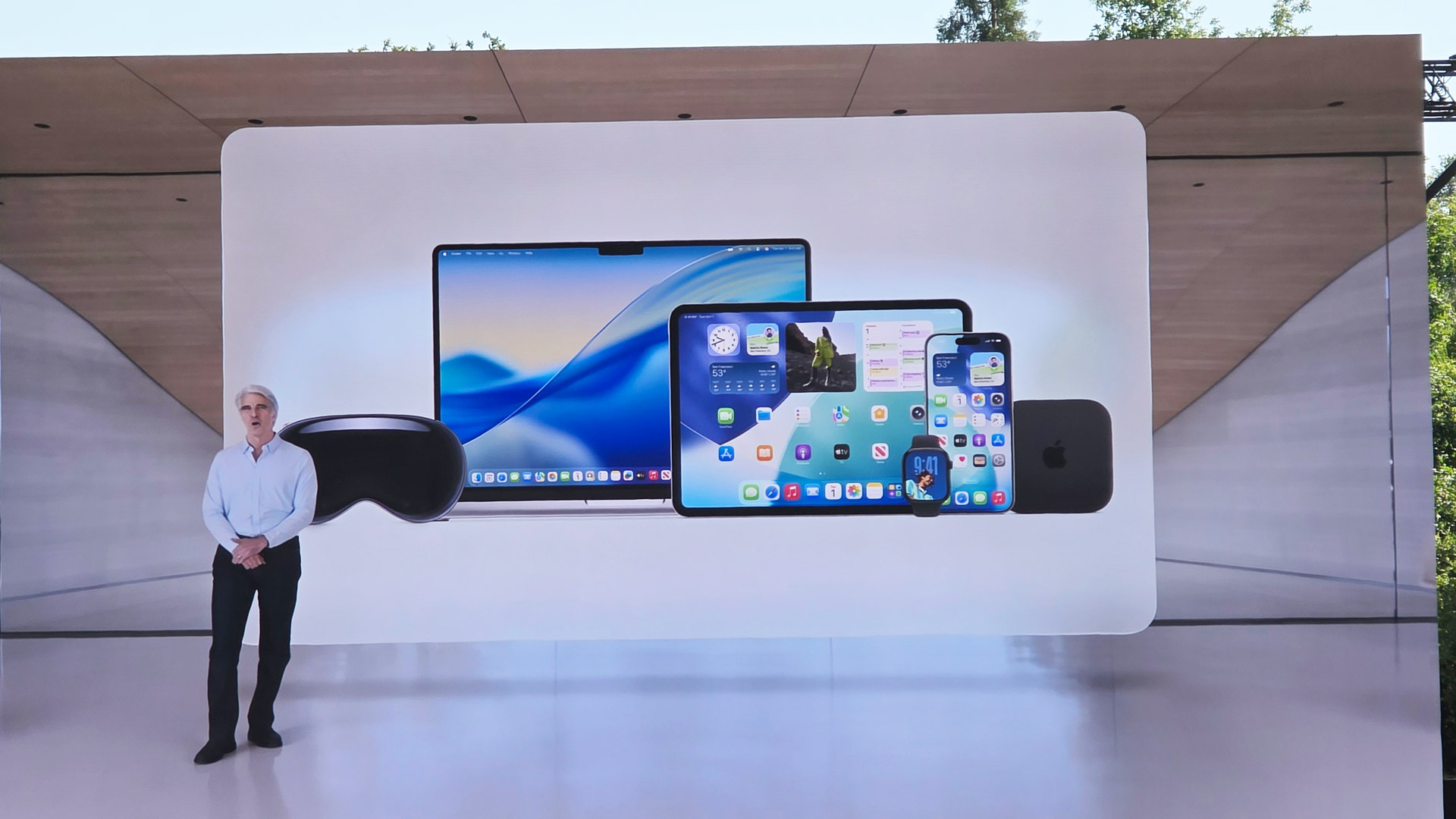
Liquid Glass. It's an umbrella term for interface changes across virtually every Apple platform, but it's also evocative of an intangible thing; digital, transparent, amorphous glass that glides, flexes, and responds to touch in a way real glass could never do.
Just hours after Apple unveiled, at WWDC 2025, the biggest change to iOS since iOS 7 13 years ago, I, along with Tom's Guide Global Editor-in-Chief Mark Spoonauer, sat down with Apple's Senior Vice President of Software Engineering Craig Federighi and Apple Global VP of Marketing Greg Joswiak to talk about everything the company unveiled during its 90-minute keynote.
We talked about Siri, Apple Intelligence, and iPadOS's remarkable transformation, but it was when we asked about the inspiration for Liquid Glass that the pair became most animated.
Federighi first confirmed what rumors have been suggesting for months: that the toddler-aged visionOS, which runs on Apple's $3,500 mixed reality Vision Pro headset, was where it all started.
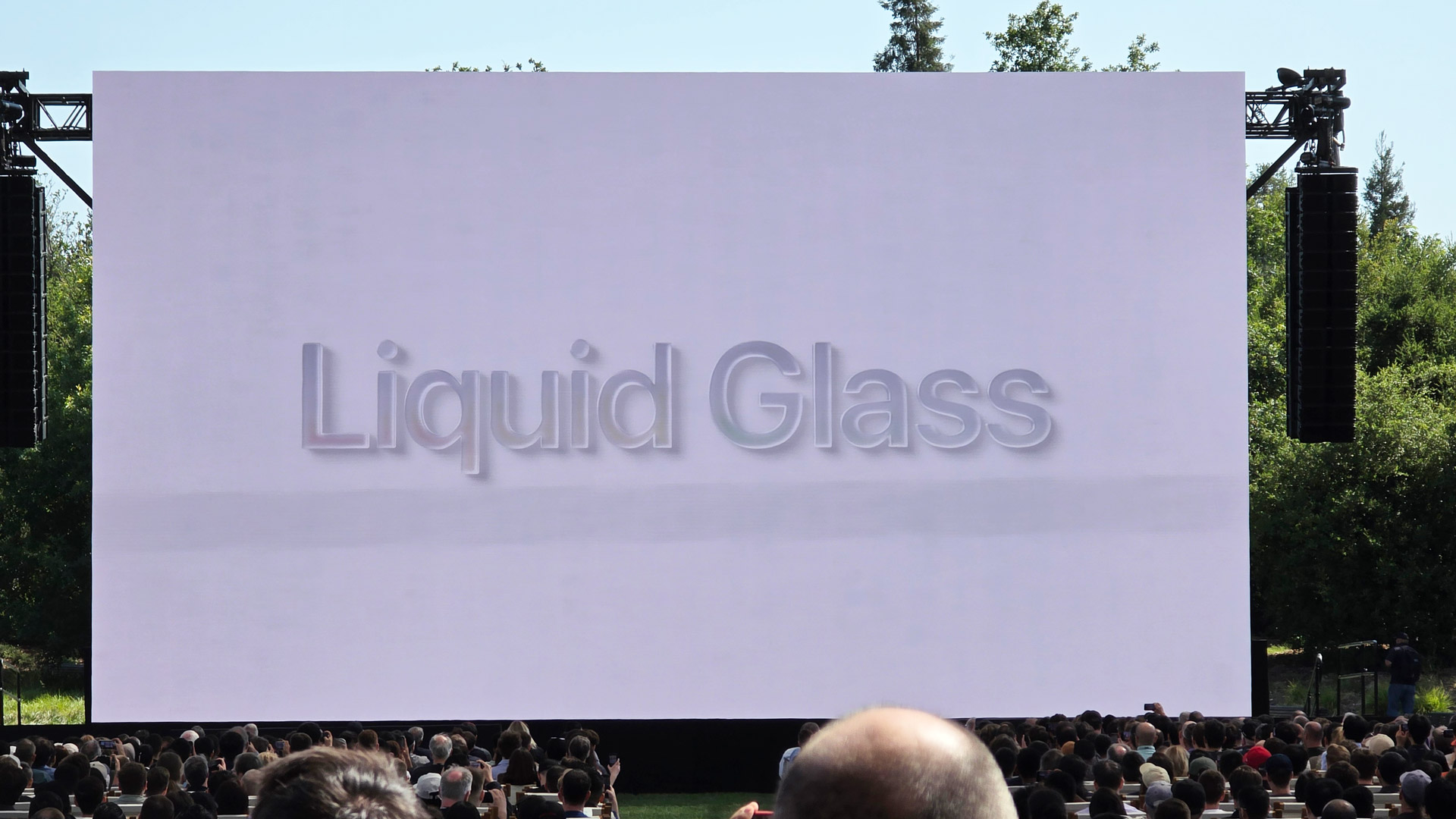
"So I would say the most obvious inspiration is visionOS, which uses glass, and you say, 'Well, why did visionOS use glass? Well, glass is a material that allows interfaces to sit in the context, in this case, of a room, and feel like the chrome [or frame] – that is, the glass – is somehow consuming kind of less space. It's allowing more of the context to come through. That was very powerful in the concept of visionOS".
I found it hard to believe, though, that this still-new platform could be the full inspiration for Liquid Glass, a design approach that's set to appear in iOS 26, iPadOS 26, macOS Tahoe, tvOS 26, and watchOS 26. I asked Federighi if they looked at visionOS and the lightbulb went off, or if there were other, older influences. It turns out that Apple's obsession with glassy interfaces goes back at least a dozen years.
Through the looking glass
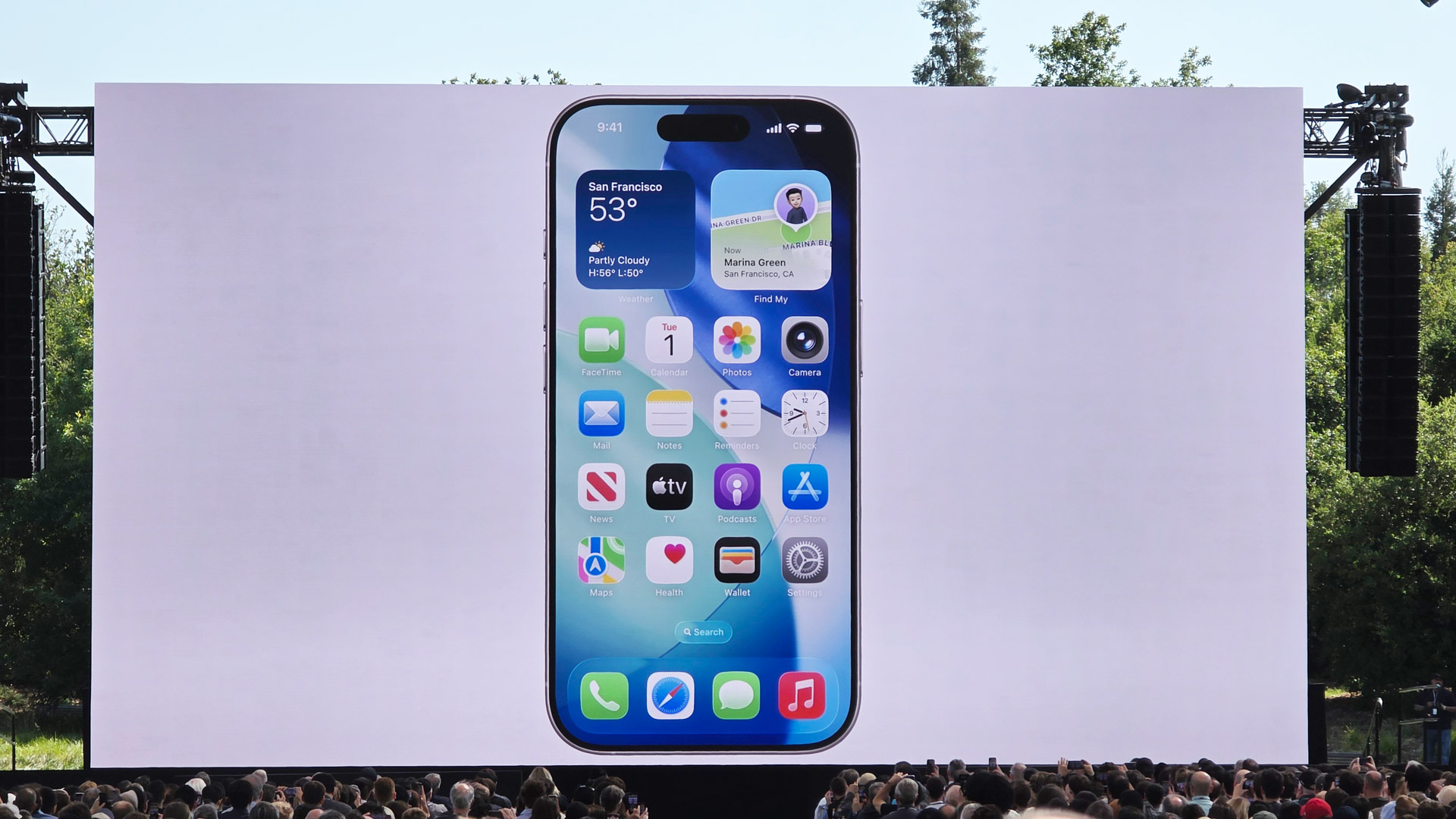
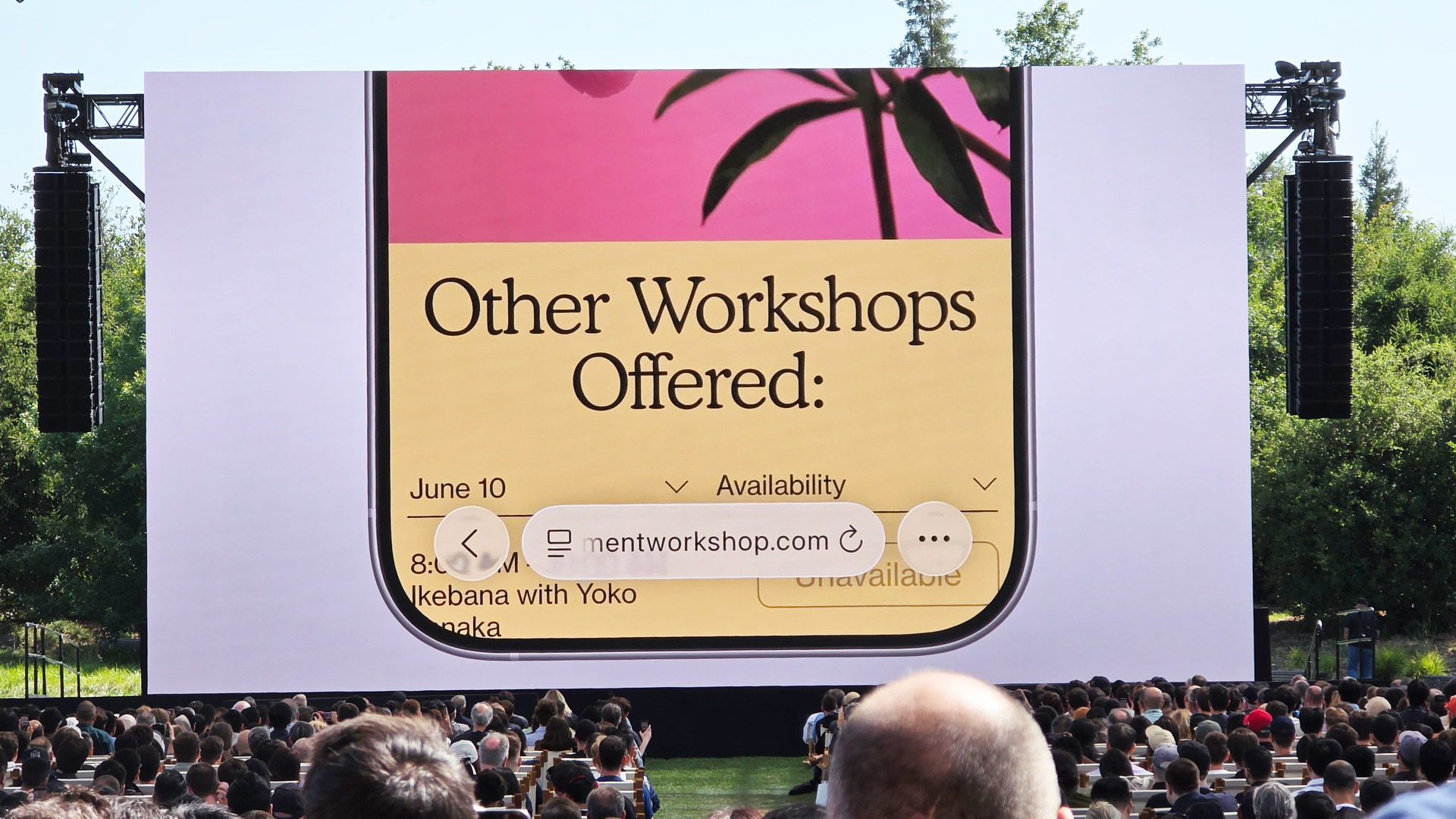
"If you look back at even iOS, 7, we had started to work with translucent materials, and then you saw even in MacOS Yosemite, the sidebars and windows started to have this kind of translucency," he says. "So there was a glassness, already, that was finding its way as a building block material for interfaces."
Get daily insight, inspiration and deals in your inbox
Sign up for breaking news, reviews, opinion, top tech deals, and more.
Federighi also revealed the extent of real-world testing that went into developing the uncannily realistic look and responsiveness of Liquid Glass. "There [are these] designed rooms. You know, they bring [...] in different pieces of glass with different opacities, different lensing, it's quite interesting.".
He added that Apple has an industrial design studio which has the capability to fabricating almost anything. "There were certainly real material studies that were being done there."
The efforts to simulate real glass and its optical qualities were extensive, but then Liquid Glass also does things no real glass can do, like changing shape when you touch or move it. But it goes deeper than that.
"We found that because of the incredible diversity of content that you have on your device – you're scrolling through a feed and it's all white and then suddenly there's a dark sky image that comes and scrolls under the glass – but you want the glass to react in a way that a clear piece of light glass would.
Suddenly, the black thing comes in, and you can't read any of your text, or it looks poor. We were able to build adaptive glass that changes the way it's transmitting color that even can flip from a dark glass to a light glass adaptively, by understanding what's behind it. So, you know, it now becomes this incredibly malleable material that always fits in with whatever is beneath it."
See below for the full interview with Federighi and Joswiak.

You might also like
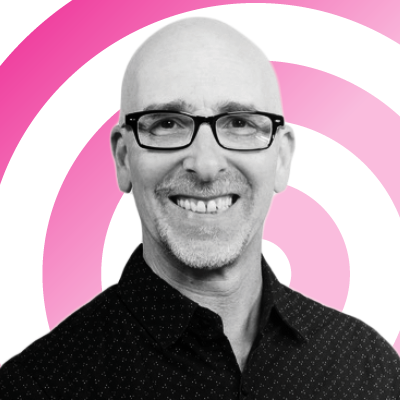
A 38-year industry veteran and award-winning journalist, Lance has covered technology since PCs were the size of suitcases and “on line” meant “waiting.” He’s a former Lifewire Editor-in-Chief, Mashable Editor-in-Chief, and, before that, Editor in Chief of PCMag.com and Senior Vice President of Content for Ziff Davis, Inc. He also wrote a popular, weekly tech column for Medium called The Upgrade.
Lance Ulanoff makes frequent appearances on national, international, and local news programs including Live with Kelly and Mark, the Today Show, Good Morning America, CNBC, CNN, and the BBC.
You must confirm your public display name before commenting
Please logout and then login again, you will then be prompted to enter your display name.